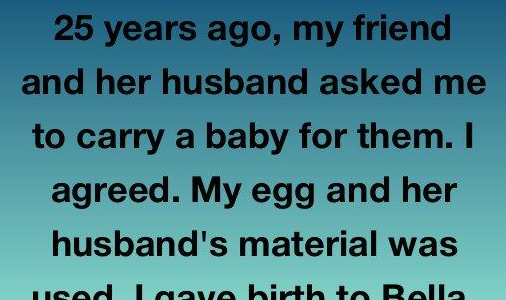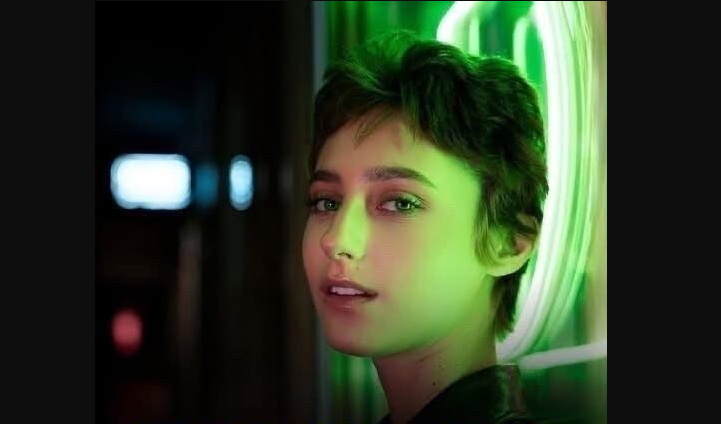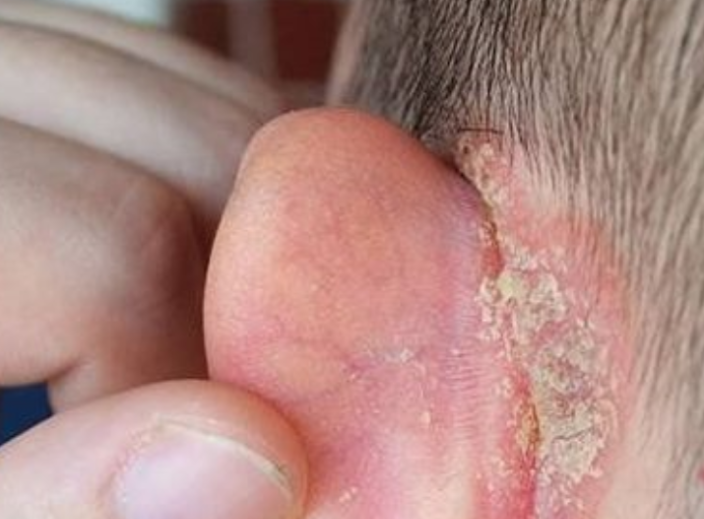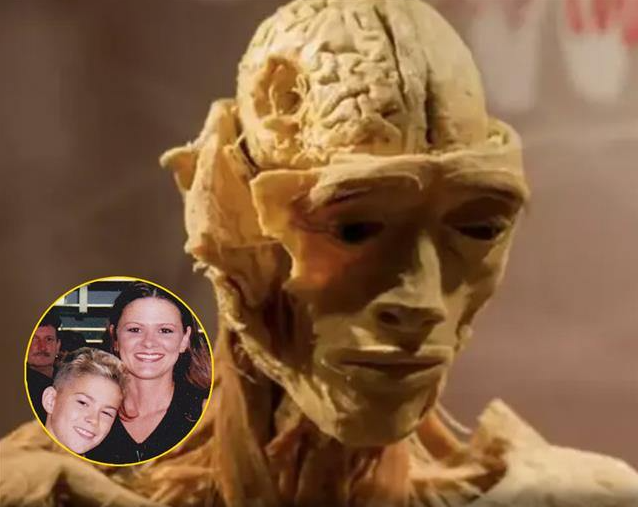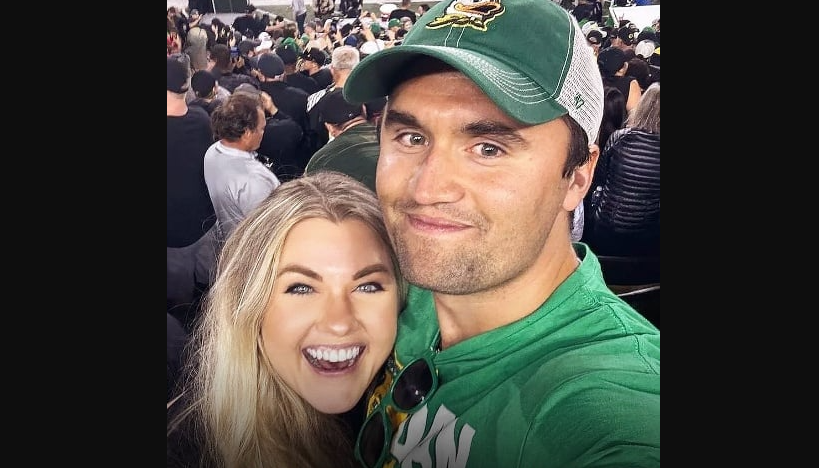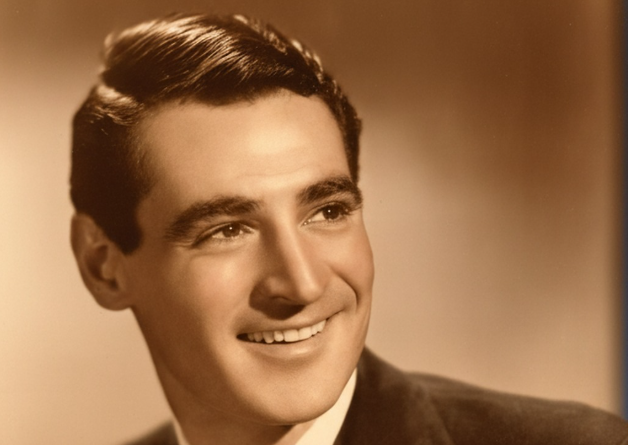Twenty-five years ago, my dear friend and her husband approached me with a heartfelt request to help them build their family by carrying a child for them. I embraced the opportunity with open arms. Using my egg and her husband’s contribution, I gave birth to Bella, whom they lovingly raised as their own daughter. I took on the cherished role of “Auntie,” a choice rooted in deep love and friendship, driven by a desire to support their dream of parenthood.
As Bella grew, I had the privilege of watching her blossom from a curious, wide-eyed child into a vibrant, self-assured woman. I was there for her milestones—birthdays filled with laughter, graduations brimming with pride, and cozy family dinners—always as “Auntie,” never stepping into the role of “Mom.” This was a boundary we had all thoughtfully established. Over time, I felt a subtle, unspoken bond with Bella, a connection that lingered quietly but was always tempered by respect for the family her parents had created.
Now, at the age of 25, Bella came to me with a revelation that shifted our story. She had recently discovered the full truth of her origins—the biological details of her birth. With a gentle gaze, not of resentment but of curiosity and yearning, she said, “I need to understand my roots.” Her words were not a challenge but an invitation to explore her identity together. For the first time, we sat together and spoke candidly about the past, unraveling the layers of our shared history.
In that conversation, I came to see that this story was not merely about biology—it was a tapestry woven from love, sacrifice, and the search for self. Bella wasn’t seeking to redefine her family or alter the past; she wanted to piece together her sense of self. I reassured her that she had always been surrounded by profound love from all of us. What started as a surprising moment evolved into a meaningful new chapter, one grounded in openness, mutual respect, and a bond that had always existed, ready to be embraced.
